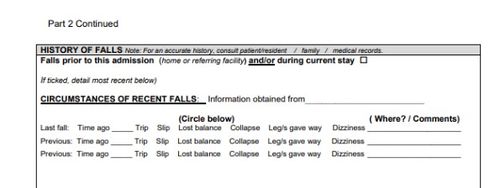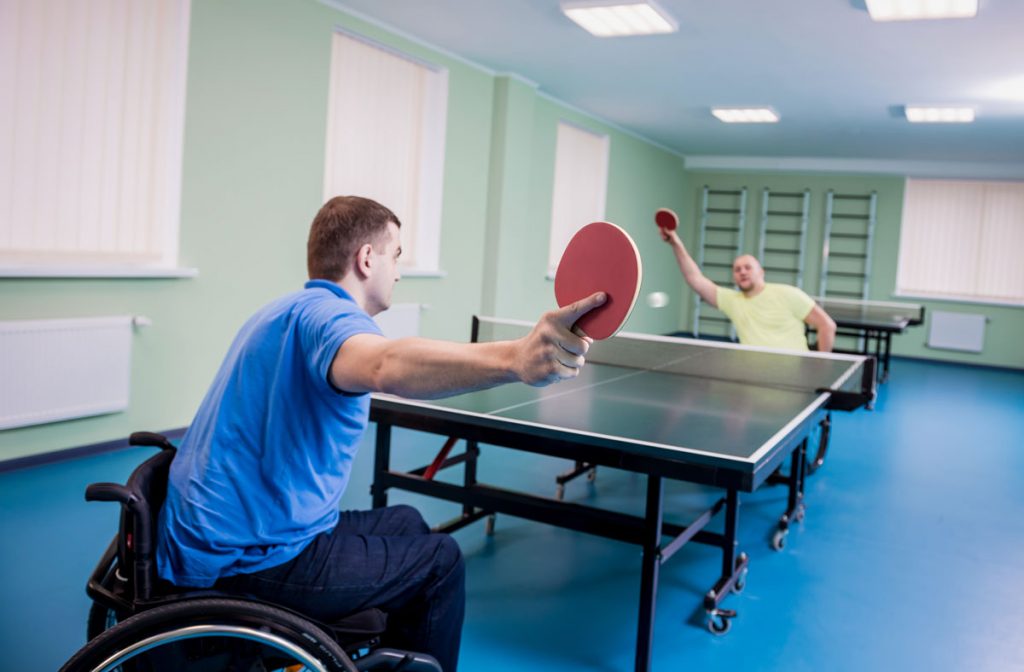7 Easy Facts About Dementia Fall Risk Explained
Table of ContentsDementia Fall Risk - The FactsA Biased View of Dementia Fall RiskExamine This Report on Dementia Fall RiskWhat Does Dementia Fall Risk Mean?Dementia Fall Risk for Dummies
The FRAT has three areas: drop threat condition, risk aspect checklist, and activity strategy. An Autumn Risk Standing consists of information about history of recent drops, drugs, emotional and cognitive condition of the client - Dementia Fall Risk.If the person scores on a threat element, the corresponding number of factors are counted to the client's fall risk score in the box to the much. If an individual's autumn danger rating totals 5 or higher, the individual goes to high risk for drops. If the person ratings just 4 points or reduced, they are still at some threat of falling, and the registered nurse needs to use their finest professional assessment to handle all autumn danger factors as component of an alternative treatment strategy.
These typical techniques, in general, help develop a risk-free atmosphere that lowers unintentional drops and marks core preventive actions for all patients. Signs are essential for clients at danger for falls.
Facts About Dementia Fall Risk Uncovered
Wristbands should include the patient's last and very first name, date of birth, and NHS number in the UK. Details must be printed/written in black versus a white history. Only red color needs to be made use of to signal special person status. These recommendations follow present developments in client identification (Sevdalis et al., 2009).
Things that are also much might call for the person to get to out or ambulate needlessly and can possibly be a threat or contribute to falls. Assists stop the client from heading out of bed without any kind of support. Registered nurses react to fallers' call lights more quickly than they do to lights started by non-fallers.
Visual problems can considerably create falls. Hip pads, when worn appropriately, might minimize a hip crack when loss takes place. Maintaining the beds closer to the flooring lowers the danger of falls and serious injury. Putting the mattress on the floor significantly reduces fall threat in some medical care setups. Reduced beds are created to minimize the range an individual falls after relocating out of bed.
Not known Facts About Dementia Fall Risk
Patients that are high and with weak leg muscles that attempt to sit on the bed from a standing position are most likely to fall onto the bed due to the fact that it's also low for them to reduce themselves securely. Likewise, if a high person efforts to get up from a low bed without assistance, the patient is most likely to fall back down onto the bed or miss out on the bed and drop onto the flooring.
They're made to advertise timely rescue, not to avoid falls from bed. Apart from bed alarms, boosted guidance for risky people also might help stop drops.

Clients with an evasion gait rise fall possibilities drastically. To minimize fall danger, footwear must be with a little to no heel, slim soles with slip-resistant step, and support the ankles. Advise client to utilize nonskid socks to prevent the feet from sliding upon standing. However, encourage people to put on proper, well-fitting shoesnot nonskid socks for ambulation.
Dementia Fall Risk Fundamentals Explained
In a study, homes with ample lighting report less falls (Ramulu et al., 2021). Improvement in illumination at home may minimize autumn prices in older adults.

Sitters are effective for ensuring a safe and secure, safeguarded, and secure environment. Researches demonstrated very low-certainty evidence that caretakers reduce loss danger in severe care medical facilities and just moderate-certainty that choices like video clip monitoring can decrease sitter usage without increasing loss threat, recommending that caretakers are not as beneficial as initially thought (Greely et al., 2020).
Unknown Facts About Dementia Fall Risk

Enhanced physical conditioning decreases the danger for falls and restricts injury that is endured when autumn transpires. Land and water-based exercise programs might be likewise useful on equilibrium and gait and consequently minimize the danger for drops. Water exercise may add a positive benefit on balance and stride for females 65 years and older.
Chair Increase Exercise is an easy sit-to-stand exercise that helps enhance the muscles in the upper legs and butts and boosts mobility and independence. The goal is to do Chair Surge workouts without utilizing hands as the customer ends up being more powerful. See sources area for a detailed instruction on how to carry out Chair Increase exercise.